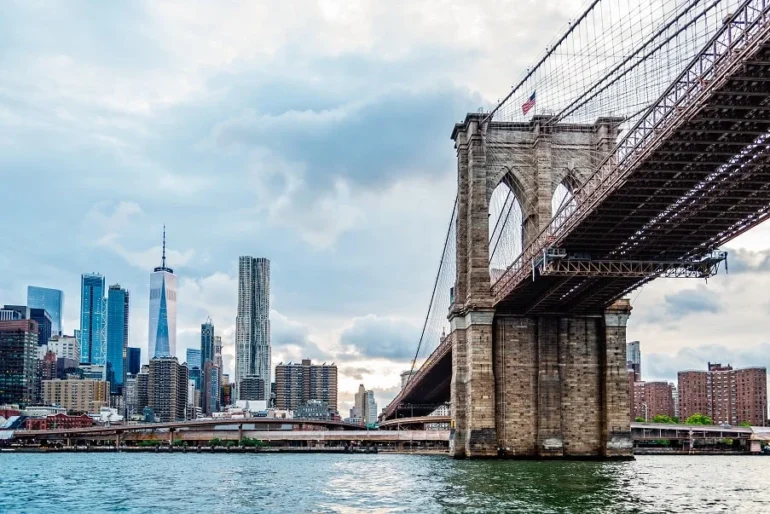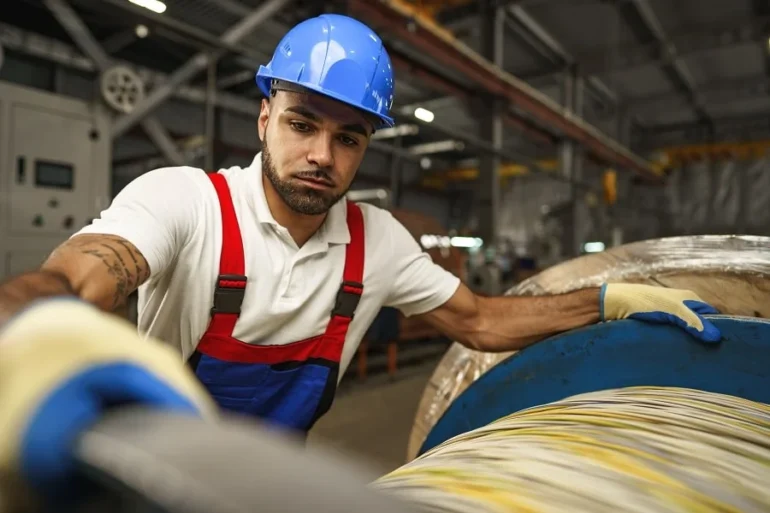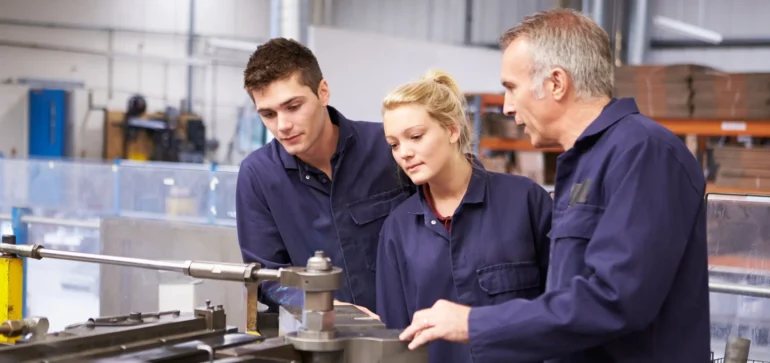-
play_arrow
MIX 56 (HD) CHESHIRE'S BEST MUSIC MIX IN HD STEREO
music_note ONLINE | APP | DAB | SMARTSPEAKER
Warrington has a fine heritage in wire-drawing. Though the last major wire mill closed in the early 2000's, wire is still produced in the town today.
Warrington has a rich history of wire manufacturing that dates back to the 17th century. The town became a hub for wire production due to its proximity to the River Mersey, which provided easy access to transportation and raw materials.
The first wire mill in Warrington was established in the 1600s and produced wire for use in textiles, such as weaving and knitting.
As the demand for wire grew, so did the industry in Warrington. By the 1800s, the town had become a major centre for wire production, with numerous mills and factories located throughout the area.
One of the most prominent companies in Warrington was G. & J. Leigh Ltd, which was founded in 1774.
The company specialised in the production of high-quality wire for use in a variety of industries, including textiles, construction, and telecommunications. Wire produced by G. & J. Leigh was considered some of the best in the world.

During the Industrial Revolution, the wire industry in Warrington experienced significant growth and expansion. The development of new machinery and production techniques allowed for faster and more efficient wire production, and the demand for wire continued to increase.
Today, Warrington remains a centre for wire manufacturing, though only one company remains. While the industry has evolved over time, with a focus on modern technologies and materials, the legacy of the town’s wire manufacturing legacy still remains.
Here are some interesting facts about wire production in Warrington:
- G. & J. Leigh Ltd, one of the most prominent wire manufacturers in Warrington, was responsible for producing wire for some of the world’s most famous landmarks, including the Eiffel Tower and the Brooklyn Bridge.
- The wire industry in Warrington played a significant role in the development of telecommunications, with many companies specialising in producing wire for telegraph and telephone lines.
- During World War II, the wire industry in Warrington played a crucial role in the war effort, producing wire for use in military vehicles, aircraft, and communication systems.
- The wire industry in Warrington was known for its innovation and technological advancements, with companies constantly developing new machinery and production techniques to improve efficiency and quality.
- Wire production was not without its dangers – workers in the industry were often exposed to hazardous chemicals and faced the risk of injury from machinery.
- The wire industry in Warrington experienced a decline in the latter half of the 20th century due to increased competition from overseas manufacturers and the development of new materials and technologies.
- The last major manufacturer was Carrington Wire, based on Battersby Lane, which closed in the early 2000’s. At one time, it employed over 500 local people.
- Despite the decline, one company – The Locker Group based in Howley – still continues to manufacture wire cloth and wire mesh after more than 140 years.

Overall, the history of wire production in Warrington, Cheshire is a fascinating one, marked by innovation, technological advancements, and a commitment to quality.
Written by: ian
Similar episodes
Spain Without the Plane
The ultimate adventure to Ibiza by boat and train by Ian James. Order your signed copy here!
Artices









Post comments (0)